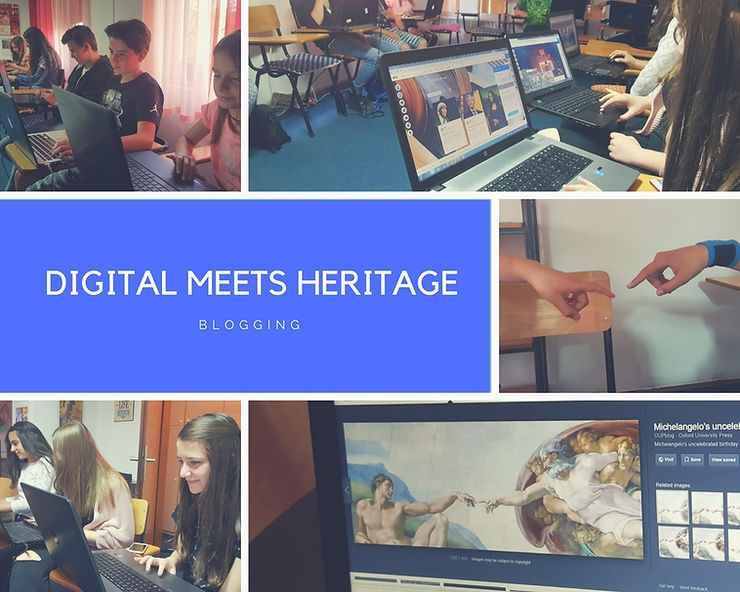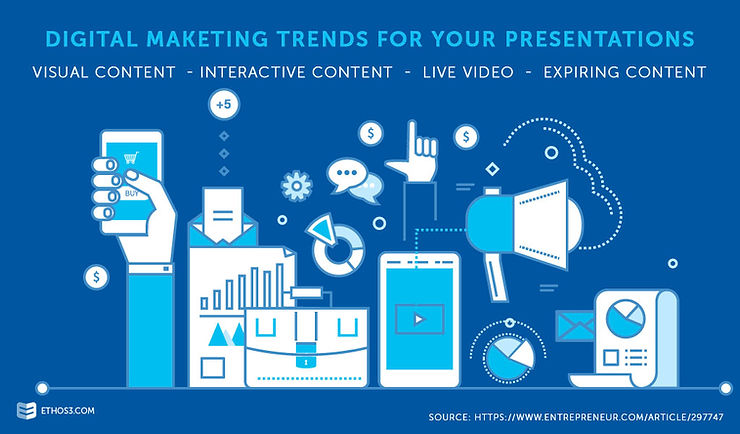Have you ever considered the advantages of using blogging for educational purposes?
Besides the fact that it helps students develop their digital and writing skills, there are a lot more goodies that both teachers and students can benefit from in the long run.

I have been using blogging in the classroom ever since I set up my first Google account, mostly as a homework tool, in an attempt to encourage my students to actually write their essays on a given topic, and then publish them as comments. I realised that this method motivated my students to be more diligent in their written expression, and it sort of made them feel more connected with their peers by sharing their opinions – while using digital technology – in relation to various issues we discussed in class, such as Globalisation for Teenagers, Pros and Cons of Investing in Tourism, History of Languages etc.
“The Internet has given us 10 or 15 new styles of communication: long messages like blogging, and then short messages like texting and tweeting. I see it all as part of an expanding array of linguistic possibilities.” – David Crystal
The first time I actually started blogging was when I started teaching my students how to blog, as part of the Digital Literacy for EFL Students programme, which is an innovative approach in teaching English language skills to students aged 12-19 through content creation for their digital outputs, such as blogs, websites, videos, presentations and their promotion on social media. This programme was a finalist at the ELTons 2017 Innovation Awards in the category of Local Innovation – a great recognition for the school and the work we are doing in promoting digital literacy as part of the language learning programmes we offer at Pegasus ELS.
Why Educational Blogging?
There are many reasons why teachers should take up blogging with their students. As Kathleen Morris puts it in her blog post titled Why Teachers And Students Should Blog: 18 Benefits of Educational Blogging, “a blog is more than a tool; it’s anything you want it to be; a blog is a blank canvas and a virtual home for you to set up however you like.”
This poster lists 18 reasons why teachers and students should blog. Take a look!

The most amazing thing about blogging is that it helps students develop their digital skills through content creation in a constructive way. Students are encouraged to research for relevant information for their blog posts; blogging helps them improve their writing skills, and build a blogging community where they exchange ideas and share opinions; they have their say on topics of relevance for their educational development, and thus improve their social skills; blogging increases the level of creativity among students, and enables them to present their digital outputs to the world, which is a great method for confidence building.
Blogging Platforms
There are many blogging platforms that teachers can use with their students such as Edublogs, or Kidblog, which is a safe platform to use with young learners.
One of the most popular blogging platforms nowadays is WordPress (which I used with the previous editions of the Digital Literacy for EFL Students programme), as well as its educational alternative Campuspress.
This year, I decided to use Wix with our Digital Meets Heritage programme, since it enables students to get a sense of designing a proper web platform for their digital contents in the form of blog posts. Moreover, it is beginner friendly, and easy to set up. Here is a video tutorial explaining the basics of using this platform:
Digital Meets Heritage & Blogging
Since the basis for content creation within this programme is cultural heritage – where students are given specific topics to research and blog about, such as places, historic figures and events, artists and art movements, women in culture, museums and sites – setting up students blogs is the most crucial thing to do before indulging into any of the related themes. The best way to do this is by setting up a sample student blog, and making a screencast video tour to guide students through the process.
I had already started using Wix.com as my own blogging platform, and got acquainted with its features, before I set up the sample student blog. I instructed my students to use the same template as I did, which they then customised to suit their tastes and styles. This allowed me to provide a synchronous instruction to my students in relation to blogging, avoid wasting too much time on technical issues, and focus on the content creation instead. At the same time, students were encouraged to create personalised blogs, using background images, colours, and designs of their choice, thus enabling them to express their creativity individually.
Setting up students blogs is not an easy task, but once you get it done, you’ll definitely reap many rewards together with your students.
If you are interested in learning more about blogging, as well as implementing the Digital Meets Heritage programme within your educational setting, I am more than glad to provide the necessary guidance and assistance.
If you have any questions or interesting experiences to share in relation to educational blogging, feel free to post them in the comment section below.
Enjoy your blogging experience!




